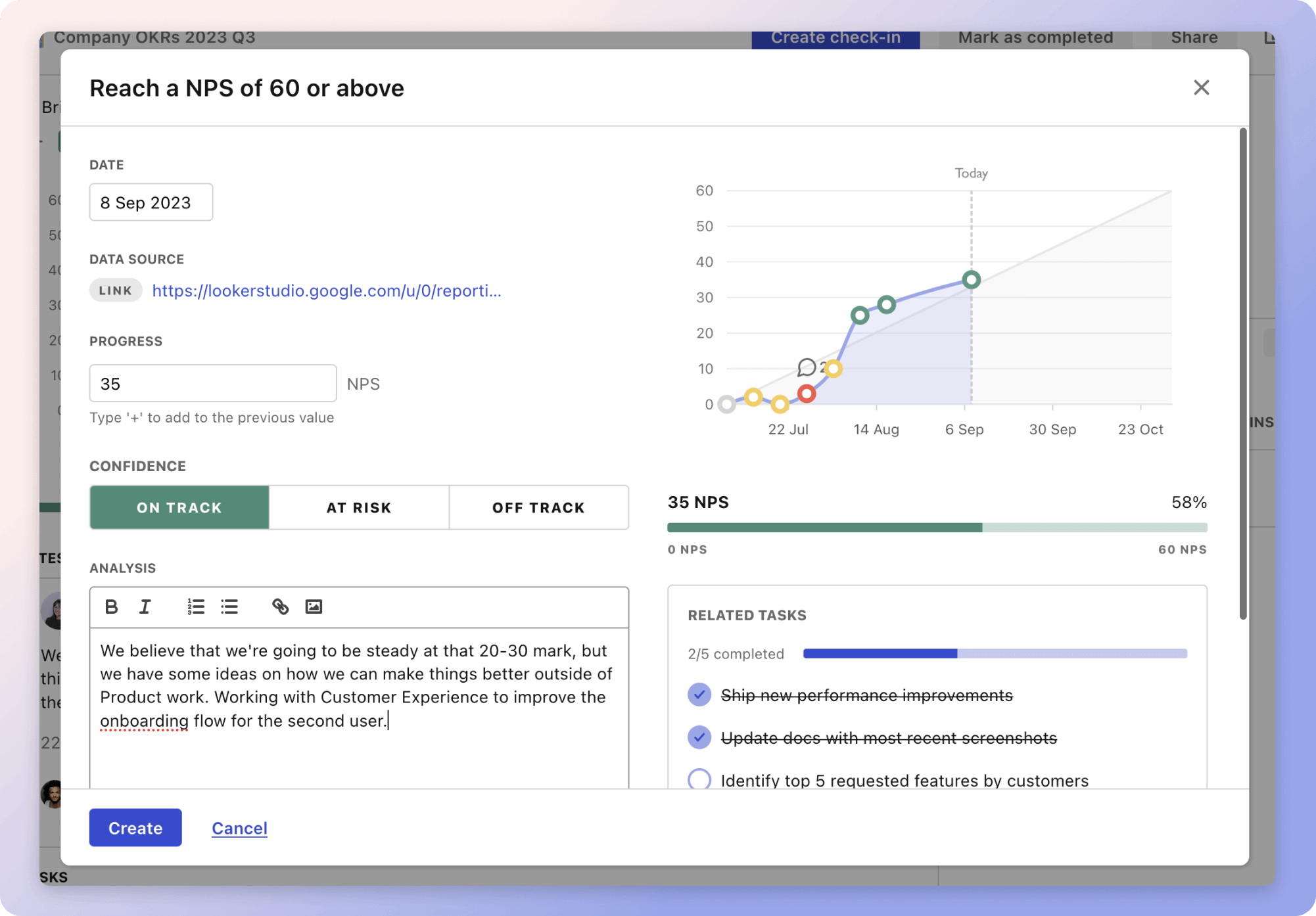The strategy focuses on improving Adissia's website functionality and SEO to increase traffic and boost sales. In the first part, enhancing the website user experience is key. This involves conducting usability tests to identify and rectify navigation pain points, simplifying the layout for intuitive use, and ensuring the website is mobile-friendly. For example, a streamlined checkout process can significantly reduce cart abandonment, and integrating chatbots can provide instant customer support.
The second aspect emphasizes SEO optimization to improve search engine ranking. Keyword research is crucial here, identifying high-traffic terms to incorporate into meta tags and content. Building backlinks from reputable sites boosts domain authority, while ensuring HTTPS security enhances trust and ranking. Consistently auditing the site to remove broken links improves user experience.
Lastly, leveraging content marketing is vital to attract and convert visitors. Creating a diverse range of content such as blogs and videos, engaging with audiences on social media, and collaborating with influencers can expand reach. Having a well-organized content calendar ensures regular publishing, while tracking performance metrics helps refine strategies.
The strategies
⛳️ Strategy 1: Enhance website user experience
- Conduct a usability test to identify pain points in the navigation
- Simplify the website layout for an intuitive user experience
- Ensure website is mobile-friendly and responsive
- Optimise page load speed by compressing images and leveraging browser caching
- Integrate customer reviews and testimonials on product pages
- Implement interactive web elements such as chatbots for customer support
- Refine the checkout process to make it seamless and reduce cart abandonment
- Enhance website accessibility with alt text and keyboard navigation
- Improve internal linking to guide users through the site
- Update website content regularly to keep it fresh and engaging
⛳️ Strategy 2: Optimise SEO for improved search engine ranking
- Conduct keyword research to identify high-traffic search terms
- Ensure keywords are effectively used in meta tags, headers, and content
- Create high-quality, long-form content that addresses customer queries
- Build backlinks from reputable websites to boost domain authority
- Ensure website is secured with HTTPS for better ranking and trust
- Submit XML sitemap to search engines for better indexing
- Optimise images with descriptive alt tags for better SEO
- Use schema markup to enhance search engine understanding of content
- Regularly audit and remove broken links to improve user experience
- Monitor performance with SEO tools and adjust strategies as needed
⛳️ Strategy 3: Leverage content marketing to attract and convert visitors
- Develop a content calendar to consistently publish new material
- Create a mix of content types, such as blogs, infographics, and videos
- Produce educational content that showcases product value
- Guest post on industry-related websites to increase reach
- Engage with audiences through informative social media posts
- Offer downloadable resources to capture leads for follow-up
- Collaborate with influencers to expand audience reach
- Host webinars or live sessions to engage directly with potential customers
- Encourage user-generated content to build community and authenticity
- Track content performance metrics to refine content strategy
Bringing accountability to your strategy
It's one thing to have a plan, it's another to stick to it. We hope that the examples above will help you get started with your own strategy, but we also know that it's easy to get lost in the day-to-day effort.
That's why we built Tability: to help you track your progress, keep your team aligned, and make sure you're always moving in the right direction.

Give it a try and see how it can help you bring accountability to your strategy.
